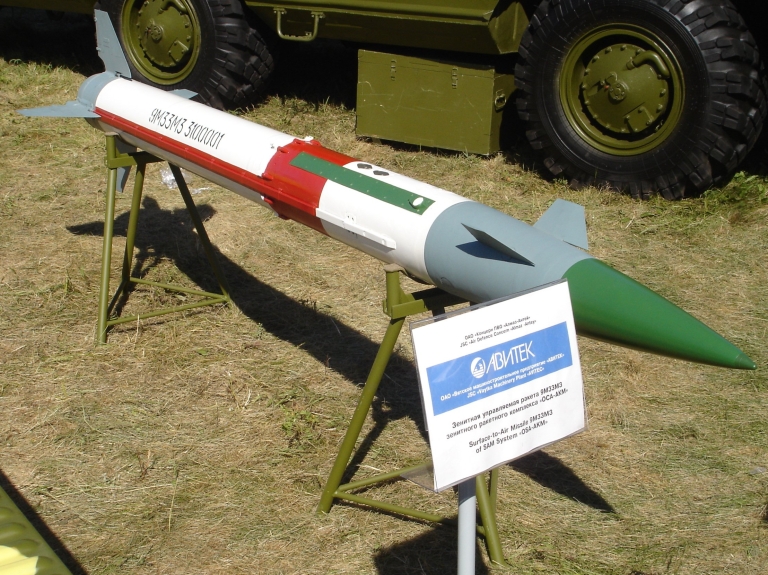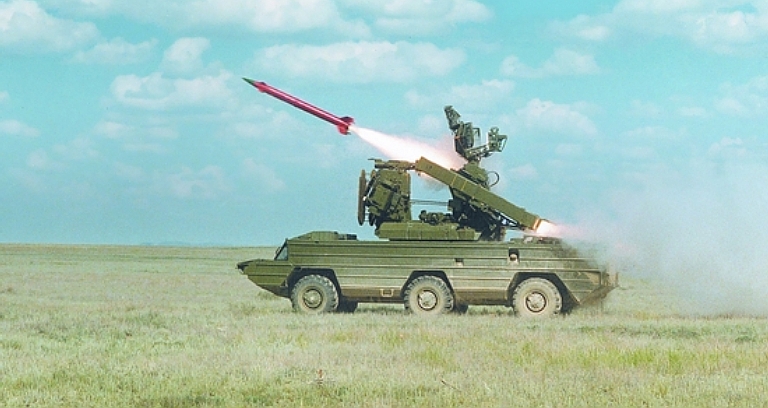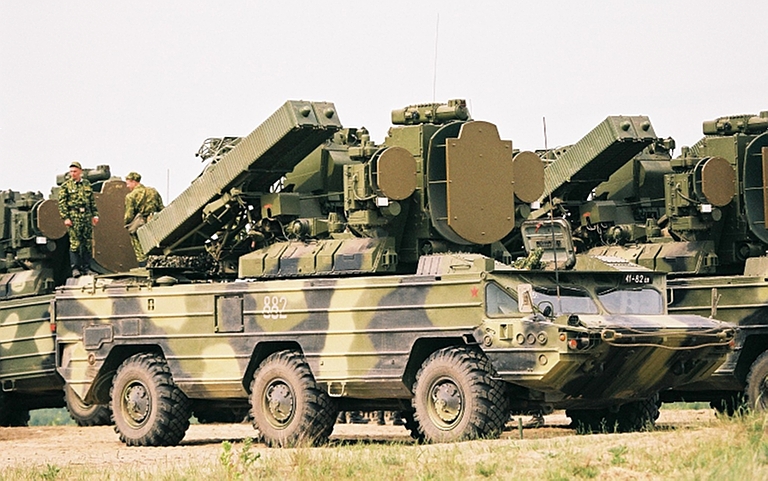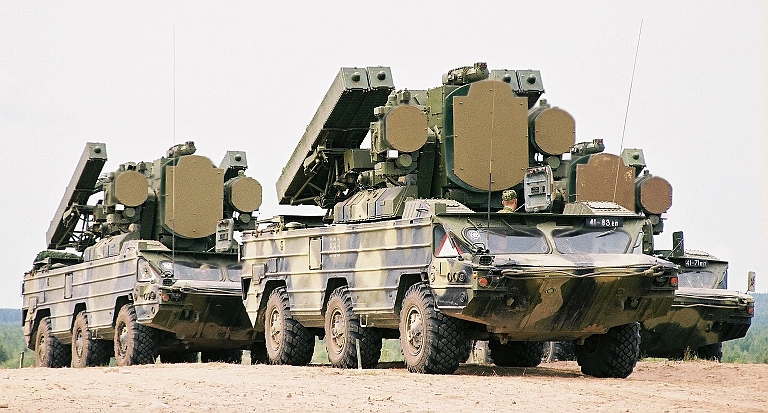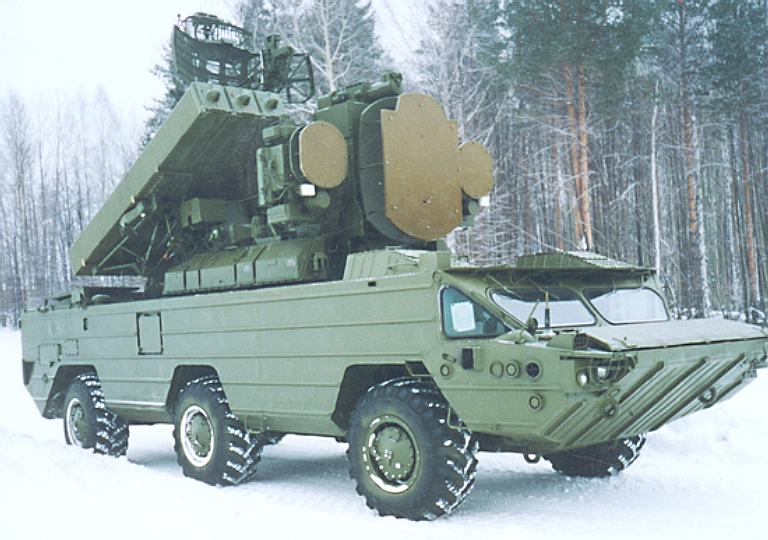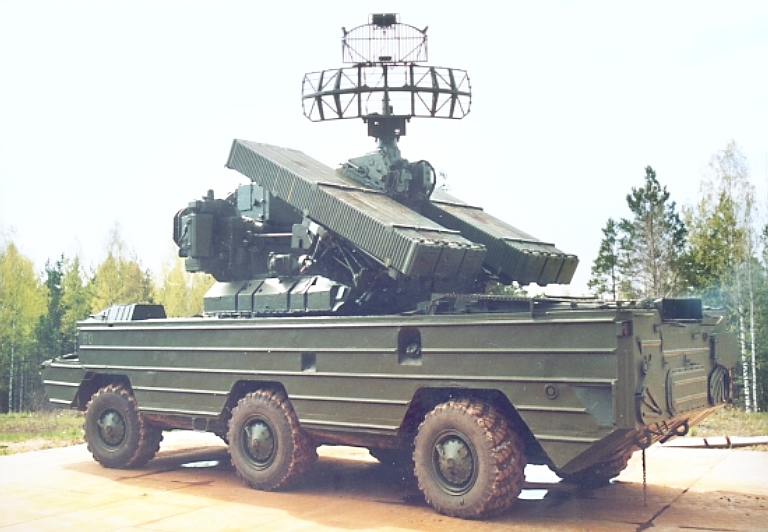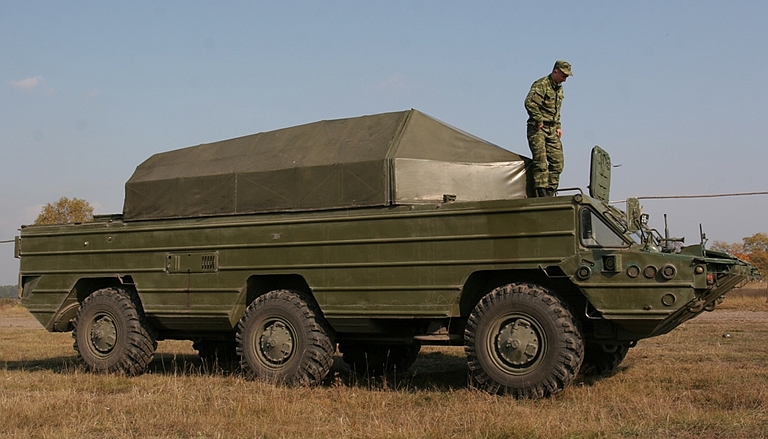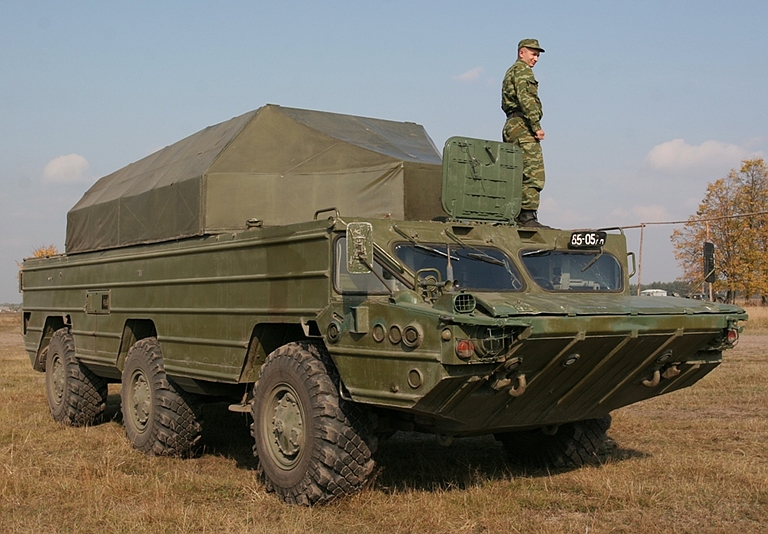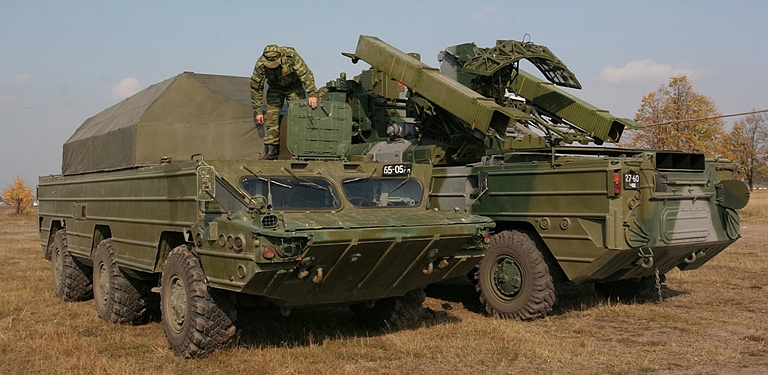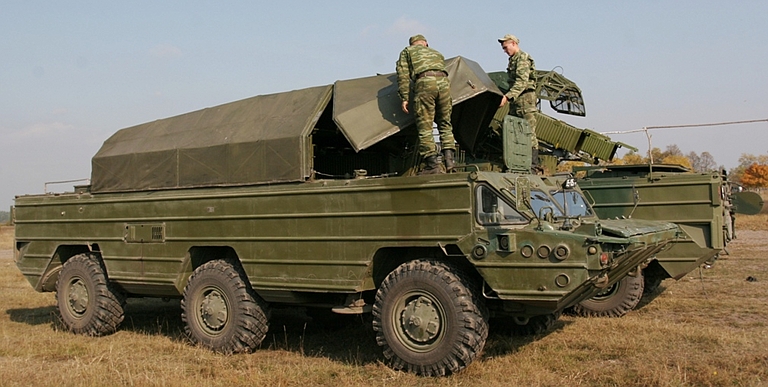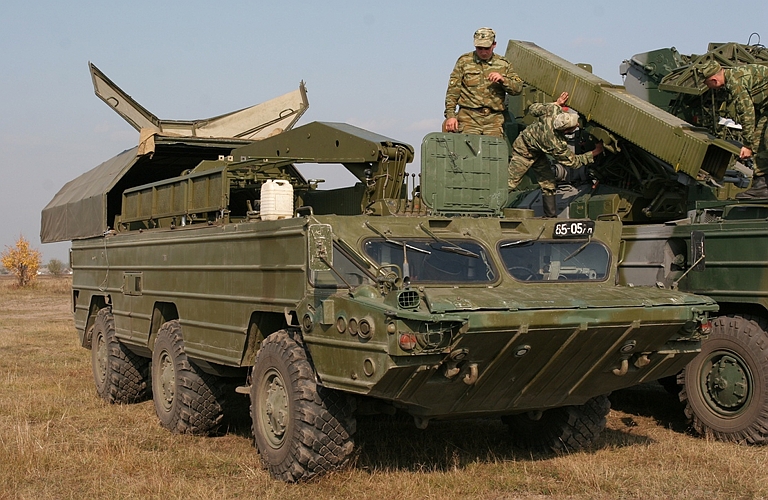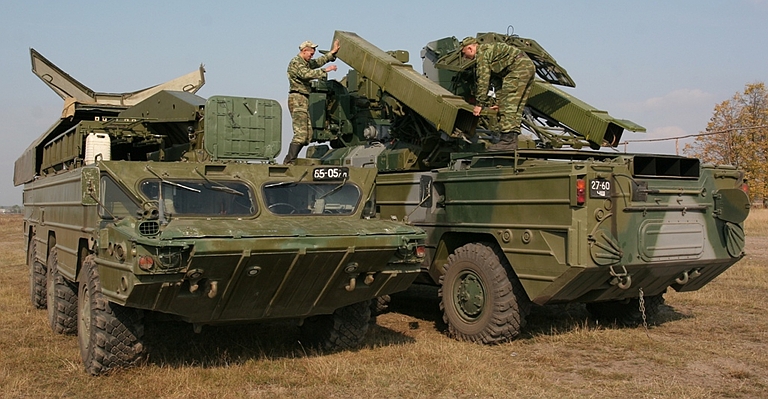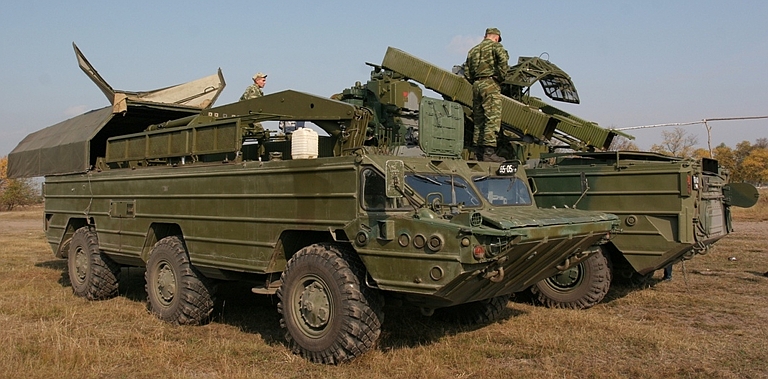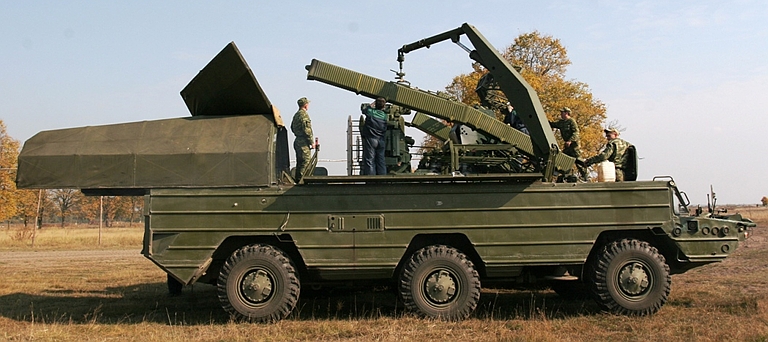|
||||||||||||||||||||||
![Home - Air Power Australia Website [Click for more ...]](APA/APA-Title-Main.png) |
||||||||||||||||||||||
![Sukhoi PAK-FA and Flanker Index Page [Click for more ...]](APA/flanker.png) |
![F-35 Joint Strike Fighter Index Page [Click for more ...]](APA/jsf.png) |
![Weapons Technology Index Page [Click for more ...]](APA/weps.png) |
![News and Media Related Material Index Page [Click for more ...]](APA/media.png) |
|||||||||||||||||||
![Surface to Air Missile Systems / Integrated Air Defence Systems Index Page [Click for more ...]](APA/sams-iads.png) |
![Ballistic Missiles and Missile Defence Page [Click for more ...]](APA/msls-bmd.png) |
![Air Power and National Military Strategy Index Page [Click for more ...]](APA/strategy.png) |
![Military Aviation Historical Topics Index Page [Click for more ...]](APA/history.png)
|
![Intelligence, Surveillance and Reconnaissance and Network Centric Warfare Index Page [Click for more ...]](APA/isr-ncw.png) |
![Information Warfare / Operations and Electronic Warfare Index Page [Click for more ...]](APA/iw.png) |
![Systems and Basic Technology Index Page [Click for more ...]](APA/technology.png) |
![Related Links Index Page [Click for more ...]](APA/links.png) |
|||||||||||||||
![Homepage of Australia's First Online Journal Covering Air Power Issues (ISSN 1832-2433) [Click for more ...]](APA/apa-analyses.png) |
||||||||||||||||||||||
| Last Updated: Mon Jan 27 11:18:09 UTC 2014 | ||||||||||||||||||||||
|
||||||||||||||||||||||
|
NIEMI
9K33 Osa/Romb
Self Propelled Air Defence System / SA-8 Gecko НИЭМИ Cамоходный Зенитный Ракетный Комплекс 9К33 Оса/Ромб Technical Report APA-TR-2009-0704 |
||||||||||||||||||||||||||||||||||||||||||||||||||||||||||||||||||||||||||||||||||||||||||
| by
Dr Carlo Kopp, AFAIAA, SMIEEE, PEng July 2009 Updated April, 2012 Text, Line Art © 2009 Carlo Kopp  |
||||||||||||||||||||||||||||||||||||||||||||||||||||||||||||||||||||||||||||||||||||||||||
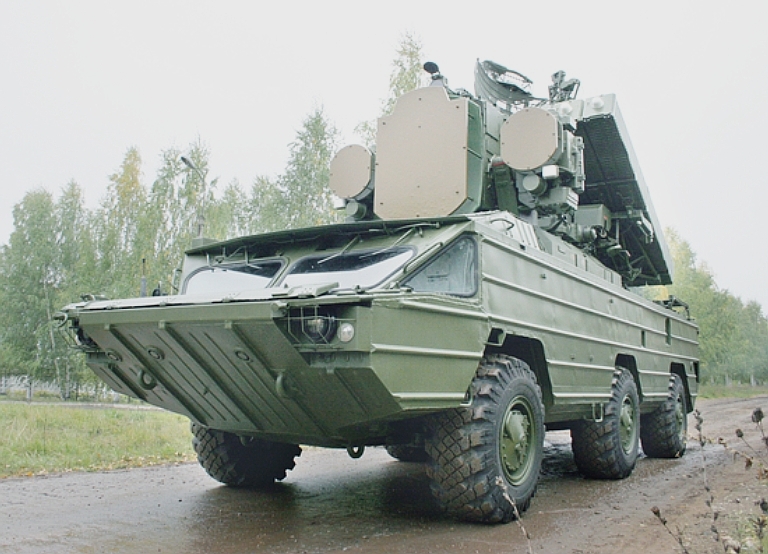 9K33AKM
Osa AKM / SA-8B Gecko (JSC
Kupol image).
|
||||||||||||||||||||||||||||||||||||||||||||||||||||||||||||||||||||||||||||||||||||||||||
BackgroundThe 9K33 Osa/Romb / SA-8 Gecko Surface to
Air
Missile system was developed for PVO-SV (Soviet Army Air Defence) and
other Warpac Armies to provide a short range terminal point defence
capability for armoured and combined arms divisions on the move. Key
requirements included high levels of autonomy for the system, an
amphibious TELAR vehicle, and the capability to engage targets at
altitudes between 50 and 100 m, up to 5 km, at closing speeds of up to
500 m/s, at ranges between 0,8 to1 km out to 8-10 km.
The protracted development process was initiated in 1960. The Soviets were impressed with the concept of the US Army XMIM-46A Mauler SAM, but wanted a more capable system. Initial thinking was to design a small semi-active homing missile similar to a scaled down 3M9 Gainful, but this proved infeasible due to the size of the seeker. Problems arose with most key technological components in the design, resulting in a rescheduling and rebaselining of the project in 1964-65. The choice of vehicle also presented problems, with various proposals failing and the MT-LB (used in the 9K35 / SA-13 Gopher) rejected. The amphibious 6 x 6 BAZ-5937 was eventually accepted. After trials in 1970 the design achieved IOC in 1971. In practical terms the 9K33 / SA-8 was a contemporary of the Franco-German Roland and the British Rapier Blindfire. All three missiles were command link guided weapons using a combined search and track radar package. The Soviet design was by far the most ambitious. The 9M33 / SA-8 Gecko was a complex system design. The BAZ-5937 TELAR was fitted with a turret which mounted four elevating missile launch rails each carrying a 9K33A round, and the two radars, including an IFF system and missile capture and uplink antennas. A number of variants were developed over the production life of the system, and the system was also navalised for use on smaller surface fleet combatants. The first variant was the 9K33 Osa / SA-8A Gecko, readily identified by the use of exposed missile rounds. It could engage targets manoeuvring up to 5G. The second variant to emerge was the 9K33M2 Osa AK / SA-8B Gecko, using the improved 9A33VM2 TELAR with improved and more accurate fire control computers, which introduced an increased payload of 6 folding fin missiles, carried in sealed launcher/container tubes. The improved missile round had an increased engagement envelope and could engage targets manoeuvring up to 8G. A key feature was a two channel proximity fuse designed to compensate for ground clutter and permitting a much lower engagement altitudes. This variant achieved IOC in 1975. The third variant, the 9K33M3 Osa AK / SA-8C Gecko, was specifically designed to engage and destroy anti-tank helicopters which had become a major concern following the success of the TOW armed gunships in the 1972 Spring Offensive, in Vietnam. The design involved further evolution of the proximity fuse design, improvements to the radar to improve clutter rejection, a more lethal warhead, and refined control laws for missile guidance. Export variants were marketed as the 9K33 Romb. While the system has been a feature of Middle Eastern and African conflicts since the early 1980s, there are few documented combat kills by the system. In operation a typical battery employs a single PU-12 series command post, or 9S738-3, with four TELARs and a pair of 9T217BM replenishment vehicles - these combine the functions of a transporter, transloader and fuel tanker. Multiple batteries are then cued, via radifreqeuncy datalinks, by a supporting acquisition radar package. In Soviet service this was typically the P-40 Long Track, export systems were usually supplied with some configuration of the P-15/P-19 Flat Face, P-15M Squat Eye, or P-12/P-12 Spoon Rest, with a heightfinder and IFF interrogator. Land Roll Engagement RadarThe
Land Roll engagement radar package in the SA-8 Gecko was designed to
provide a completely autonomous acquisition and engagement capability.
The acquisition component is equipped with a mechanically steered
stabilised paraboloid section antenna, providing a 1° - 4° mainlobe in
azimuth and 19° mainlobe in elevation, sweeping at 33 RPM. This radar
produces a peak power of 250 kiloWatts.
A more detailed discussion can be found under Engagement and
Fire Control Radars.The tracking and missile guidance component is mounted on the front of the turret. It has a large protected truncated paraboloid primary reflector with a ~1° mainlobe. This radar was used to perform precision tracking of targets. To either side of the primary antenna are a pair of missile capture and uplink antennas, used to support the Command to Line of Sight (CLOS) guidance on the missiles. Russian sources claim the trajectory used included a vertical bias component to fly the missile above the line of sight converging with the target at impact. 
|
||||||||||||||||||||||||||||||||||||||||||||||||||||||||||||||||||||||||||||||||||||||||||
9K33 Technical Data
|
||||||||||||||||||||||||||||||||||||||||||||||||||||||||||||||||||||||||||||||||||||||||||
|
SAM System Mobility - Air Defence System Vehicles [Click for more ...] SAM System Integration - Air Defence Command Posts [Click for more ...] SAM System Passive Targeting - Emitter Locating Systems [Click for more ...] SAM System Counter VLO Capabilities [Click for more ...] SAM System Multimedia - Rosoboronexport Footage [Click for more ...] |
||||||||||||||||||||||||||||||||||||||||||||||||||||||||||||||||||||||||||||||||||||||||||
9K33M3 Battery Components |
||||||||||||||||||||||||||||||||||||||||||||||||||||||||||||||||||||||||||||||||||||||||||
|
||||||||||||||||||||||||||||||||||||||||||||||||||||||||||||||||||||||||||||||||||||||||||
|
|
||||||||||||||||||||||||||||||||||||||||||||||||||||||||||||||||||||||||||||||||||||||||||
9A33BM Amphibious Transporter Erector
Launcher And Radar
|
||||||||||||||||||||||||||||||||||||||||||||||||||||||||||||||||||||||||||||||||||||||||||
9T217B Amphibious
Transporter/Transloader/Tanker
|
||||||||||||||||||||||||||||||||||||||||||||||||||||||||||||||||||||||||||||||||||||||||||
PU-12M Battery Mobile Command Post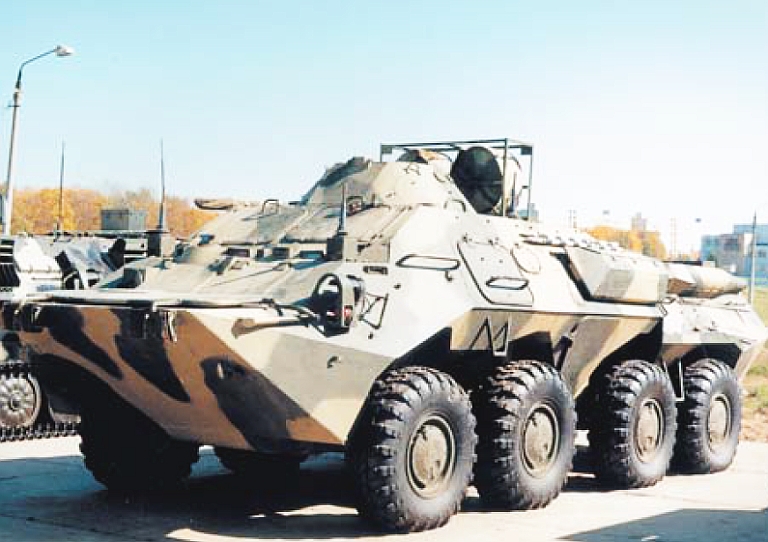 The
PU-12M command post controls four 9A33M TELARs in a battery
(Rosoboronexport).
|
||||||||||||||||||||||||||||||||||||||||||||||||||||||||||||||||||||||||||||||||||||||||||
P-40/1S12 Long Track Acquisition Radar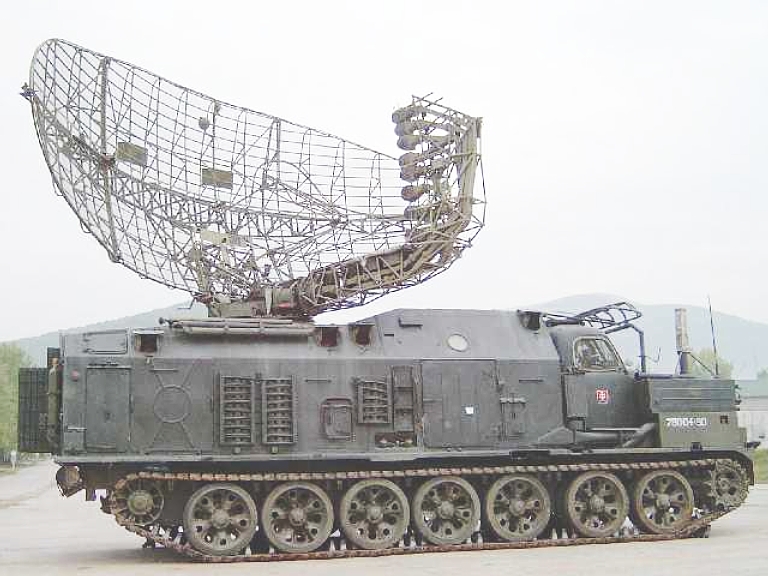 The P-40/1S12 Long Track S-band
acquisition radar is often cited as the mobile acquisition component in
Romb/Osa SAM batteries, although its primary purpose was supporting
the SA-4 Ganef system. It uses a modified tank chassis to provide high
cross country mobility. The antenna stows flat on the roof of the
vehicle. Eight stacked beams are used for heightfinding.
|
||||||||||||||||||||||||||||||||||||||||||||||||||||||||||||||||||||||||||||||||||||||||||
P-15 / P-15M / P-19 Flat Face / Squat Eye Acquisition Radar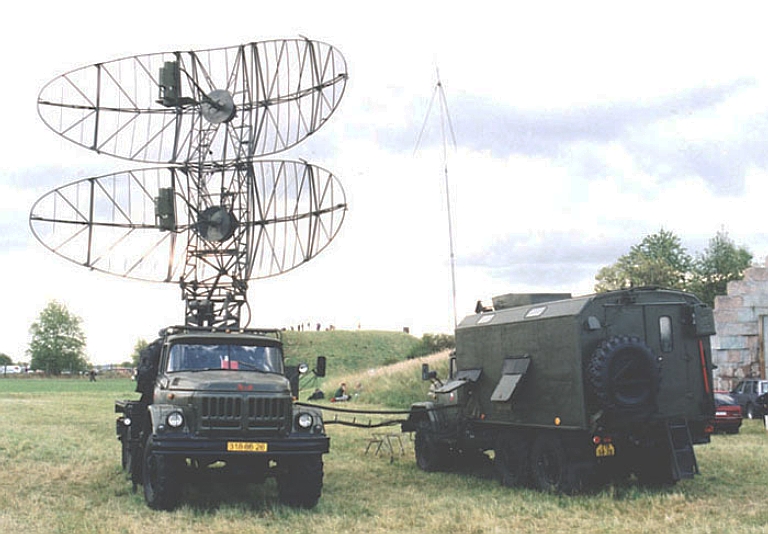 Late model P-19 Flat Face D
acquisition radar. The Flat Face and Squat Eye were frequently used as
acquisition radars for groups of 9K33M / SA-8 Gecko batteries,
especially in
the Middle East.
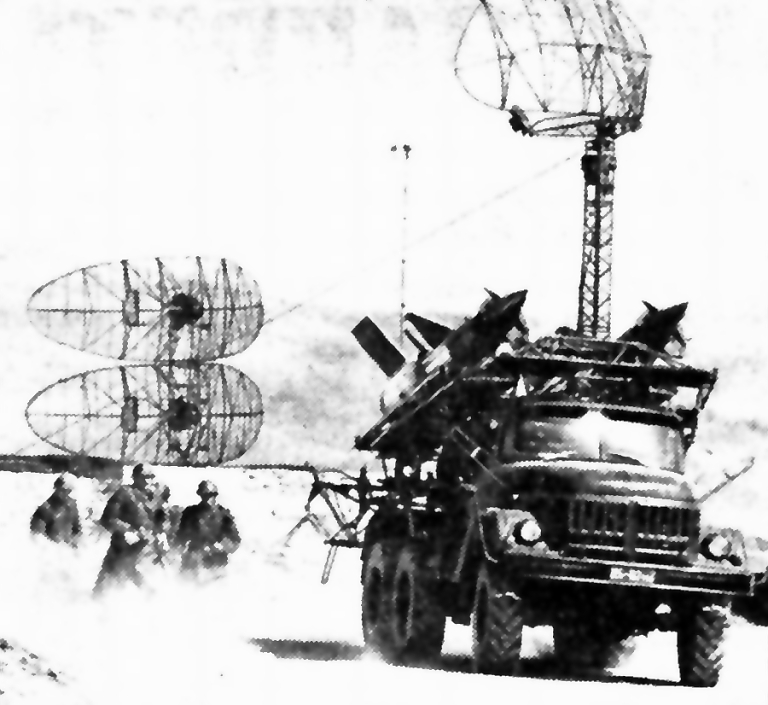 PR-14A , P-15 Flat Face and P-15M Squat
Eye. Note the antenna mast tether on the P-15M (Soviet MoD).
|
||||||||||||||||||||||||||||||||||||||||||||||||||||||||||||||||||||||||||||||||||||||||||
LEMZ PRV-16/1RL132 Naklon / Thin Skin Heightfinding Radar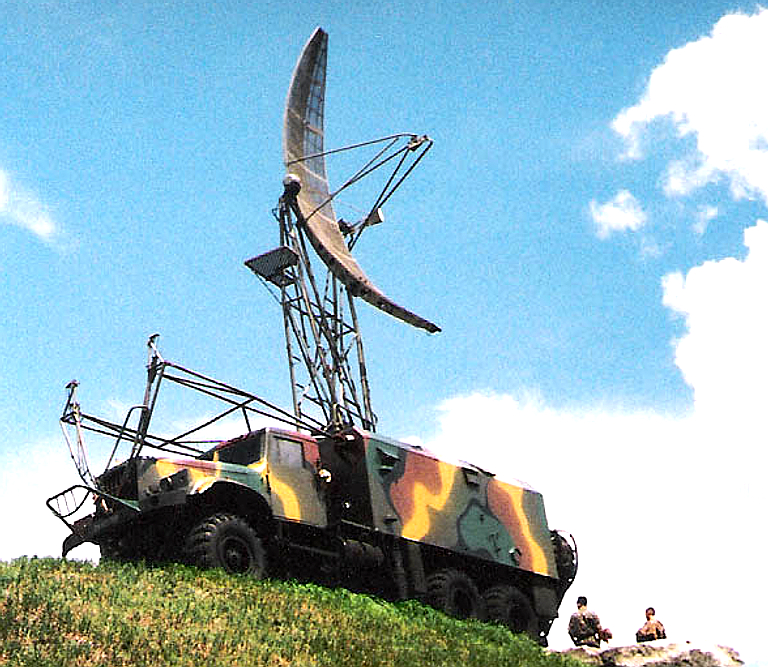 |
||||||||||||||||||||||||||||||||||||||||||||||||||||||||||||||||||||||||||||||||||||||||||
References/Sources:
|
||||||||||||||||||||||||||||||||||||||||||||||||||||||||||||||||||||||||||||||||||||||||||
| Technical
Report APA-TR-2009-0704 |
||||||||||||||||||||||||||||||||||||||||||||||||||||||||||||||||||||||||||||||||||||||||||
|
|||||||||||||
![Sukhoi PAK-FA and Flanker Index Page [Click for more ...]](APA/flanker.png) |
![F-35 Joint Strike Fighter Index Page [Click for more ...]](APA/jsf.png) |
![Weapons Technology Index Page [Click for more ...]](APA/weps.png) |
![News and Media Related Material Index Page [Click for more ...]](APA/media.png) |
||||||||||
![Surface to Air Missile Systems / Integrated Air Defence Systems Index Page [Click for more ...]](APA/sams-iads.png) |
![Ballistic Missiles and Missile Defence Page [Click for more ...]](APA/msls-bmd.png) |
![Air Power and National Military Strategy Index Page [Click for more ...]](APA/strategy.png) |
![Military Aviation Historical Topics Index Page [Click for more ...]](APA/history.png)
|
![Information Warfare / Operations and Electronic Warfare Index Page [Click for more ...]](APA/iw.png) |
![Systems and Basic Technology Index Page [Click for more ...]](APA/technology.png) |
![Related Links Index Page [Click for more ...]](APA/links.png) |
|||||||
![Homepage of Australia's First Online Journal Covering Air Power Issues (ISSN 1832-2433) [Click for more ...]](APA/apa-analyses.png) |
|||||||||||||
| Artwork, graphic design, layout and text © 2004 - 2014 Carlo Kopp; Text © 2004 - 2014 Peter Goon; All rights reserved. Recommended browsers. Contact webmaster. Site navigation hints. Current hot topics. | |||||||||||||
|
Site Update
Status:
$Revision: 1.753 $
Site History: Notices
and
Updates / NLA Pandora Archive
|
|||||||||||||
|
|
Tweet | Follow @APA_Updates | |||||||||||
|
|
|||||||||||||
|
|
|||||||||||||
![F-111 Aardvark Index Page [Click for more ...]](APA/f-111.png)
![F/A-18 Hornet and Super Hornet Index Page [Click for more ...]](APA/fa-18a.png)
![Aerial Refuelling and Airlift Capabilities Index Page [Click for more ...]](APA/aar-lift.png)
![Directed Energy Weapons and Electromagnetic Bombs Index Page [Click for more ...]](APA/dew.png)
![Notices and Updates Index Page [Click for more ...]](APA/notices-128.png)
![APA NOTAM and Media Release Index Page [Click for more ...]](APA/notams-128.png)
![APA Research Activities and Policy / Technical Reports Index [Click for more ...]](APA/research-128.png)
![Search Air Power Australia Website [Click for more ...]](APA/search-128.png)
![Briefings and Submissions - Air Power Australia [Click for more ...]](APA/briefs-128.png)
![Air Power Australia Contacts [Click for more ...]](APA/contacts-128.png)
![Funding Air Power Australia [Click for more ...]](APA/funding-258.png)
